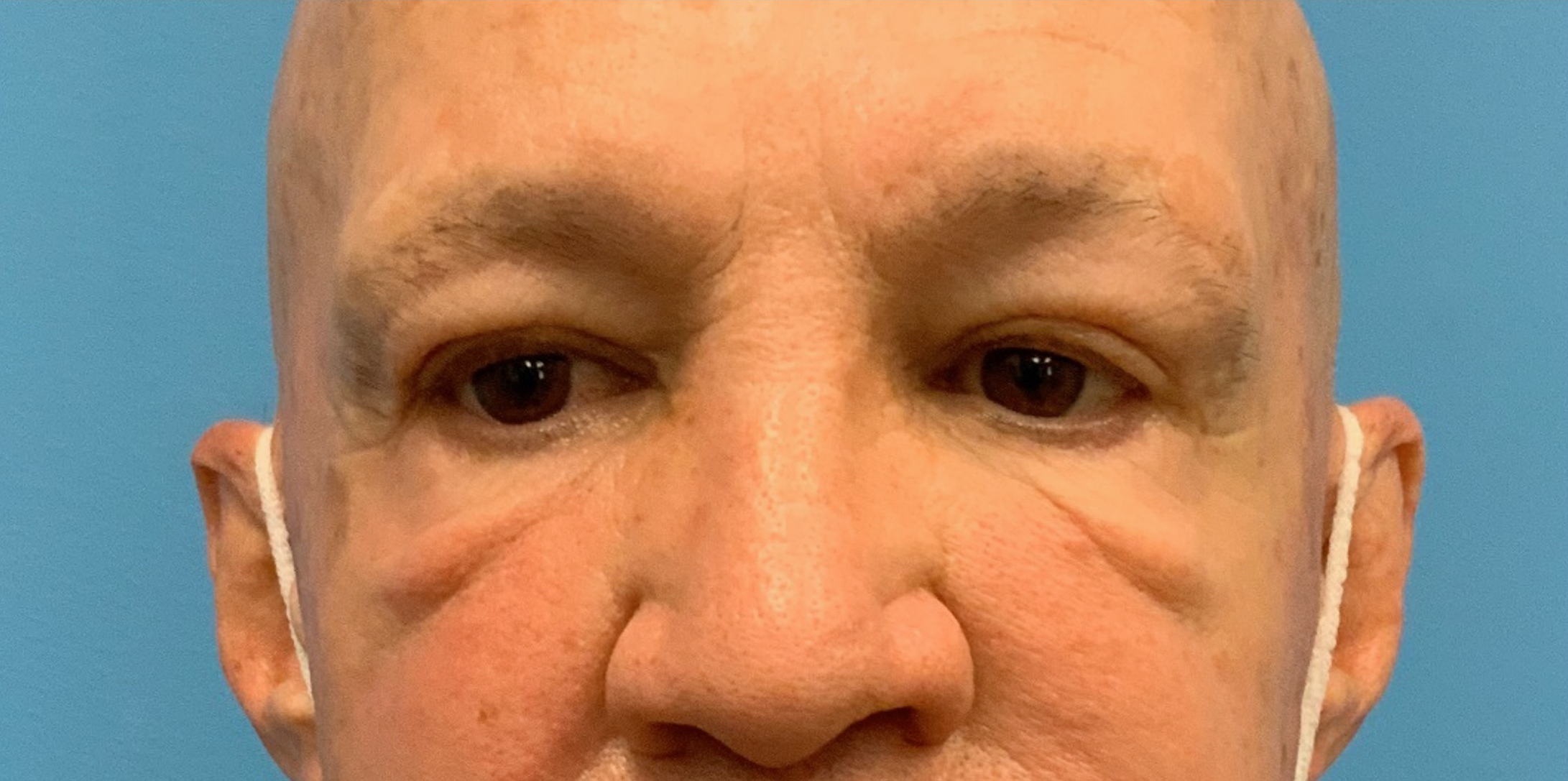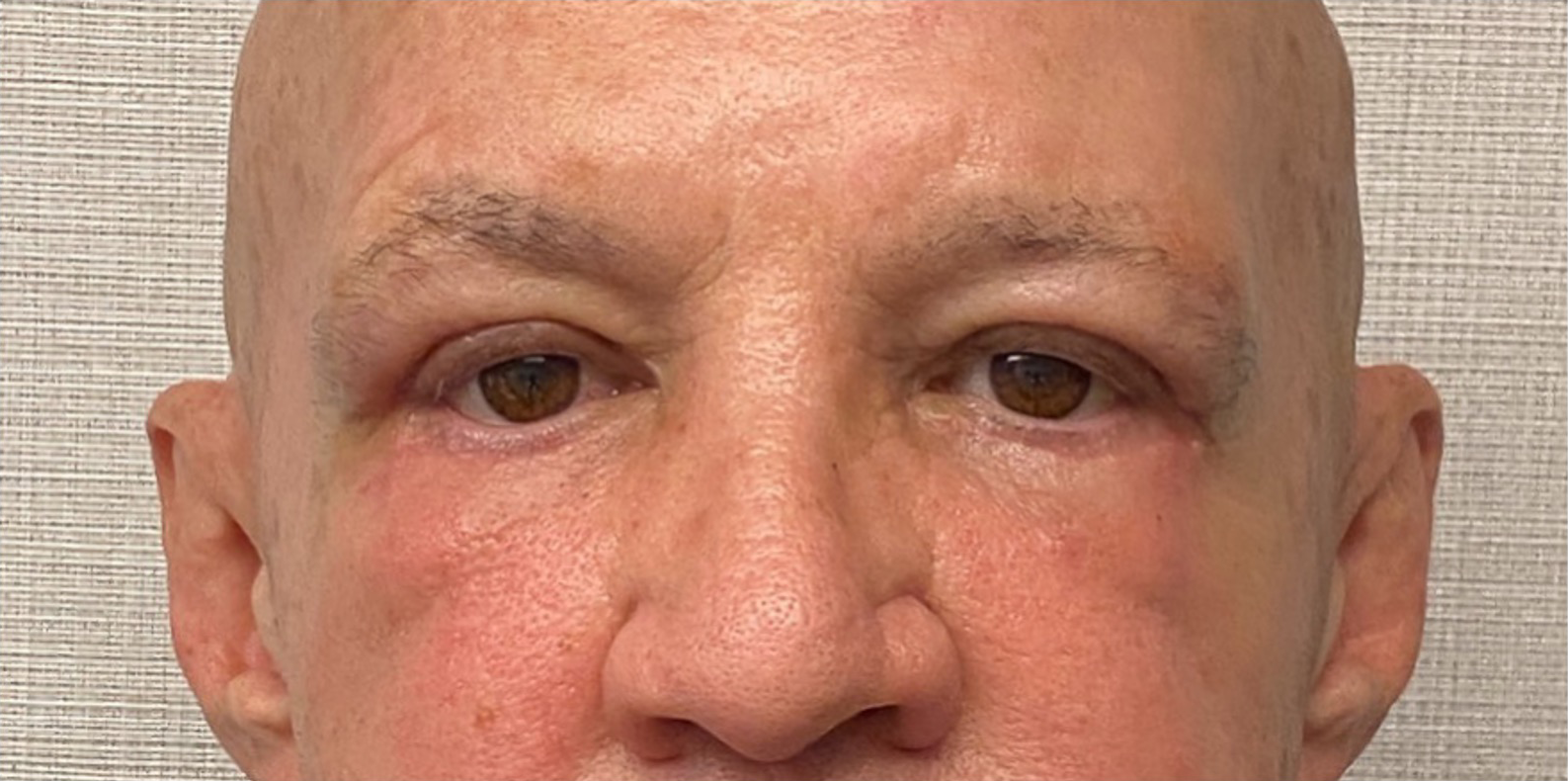Blepharoplasty is typically performed under general anesthesia administered by a board-certified anesthesiologist. Our board-certified plastic surgeons begin your procedure by inconspicuously placing an incision in the natural eye crease for an upper blepharoplasty or just under the lower lashes for a lower blepharoplasty. For lower eyelids, the transconjunctival technique may also be used if the removal of excess fat is the only goal. This approach involves placing an incision on the inside of the lower lid, resulting in no visible scarring.
After your surgery, you will experience bruising and swelling around the eyelids for two to three days. Some patients may find it difficult to fully close their eyes or may notice changes in the position of the lower eyelid, but these issues are generally temporary. Until your sutures are removed, typically within five days, you will need to avoid getting water in the area.
Light exercise and non-strenuous activity can typically be resumed one week following surgery, and bruising should dissipate within 10 to 14 days.





